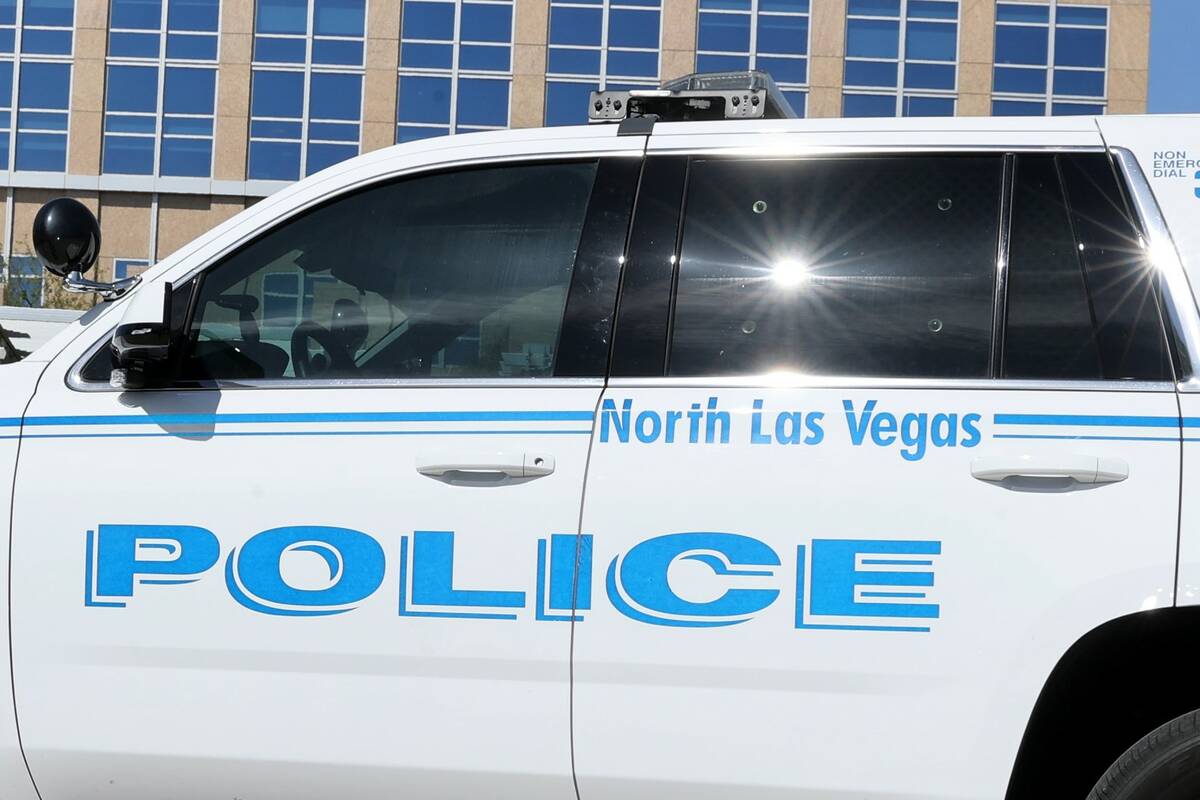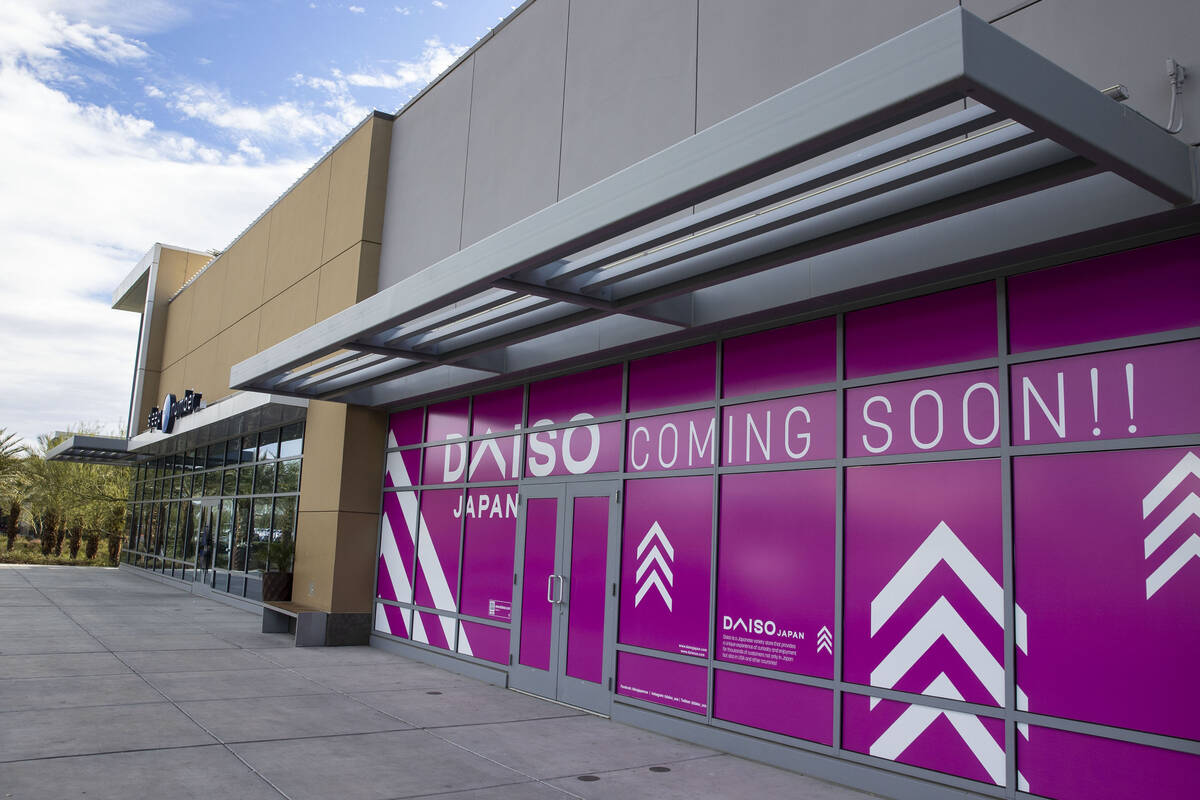Steve Marcus
Northbound traffic is displayed on the Las Vegas Strip near Flamingo Road on October 24, 2020.
Wednesday, July 21, 2021 | 2 a.m
Now that Allegiant Stadium completes the transition from the drawing board to in-person events, it’s comforting that local guides have committed to an ongoing discussion about parking and traffic around the new entertainment and sports facility.
This is how it should be, as the stadium is located in a heavily frequented corridor and there are only a few parking spaces directly around the stadium. It is a must for our community to ensure that stadium visitors can get on and off safely and comfortably.
As the first two shows fans could attend – concerts by techno artist Illenium and country superstar Garth Brooks – some improvements are needed.
One that became apparent during the Brooks concert, held on a day when Las Vegas hit its record high of 117 degrees, is the need for more water and cooling stations on the Allegiant pedestrian walkway.
However, beyond tinkering with the current facilities, discussions of improvements should focus on the long-term transportation needs of the resort corridor and the entire city.
And the light rail should be at the center of these discussions.
We have been calling for a light rail system to be developed in Nevada for years – long before plans for the Allegiant Stadium were known – and the need for it is growing as new major attractions hit the Strip.
First the T-Mobile Arena, then Allegiant, then the expansion of the Las Vegas Convention Center, then Resorts World. In the last four years alone, this has added the capacity of a small town on a specific night or on every weekend – an arena with 18,000 seats, a stadium with 65,000 seats, a 1.4 million square meter LVCC building and a 3,500 room resort with 5,000 seats for concerts and entertainment.
More big projects could be in sight.
The company that is developing the Brightline West bullet train recently purchased land on Las Vegas Boulevard south of the Strip for a terminus. Assuming the plans for the new system become a reality, it will put up to 11 million people annually on trains capable of carrying 500 passengers per trip.
It wouldn’t be a big surprise if more professional sports hit the Strip, either, as Las Vegas has attracted the interest of the NBA and Major League Baseball.
Reports indicate that the Oakland A’s are considering at least two locations on or near the Strip – one near Bally’s and the other near the Sahara – while looking for possible locations for relocation. Although Oakland City Council took a step forward in negotiating a new ballpark for the A’s on Tuesday, moving to Las Vegas still seemed an option at the time of this writing. A President Dave Kaval said the team and the city are far apart on several terms despite the vote.
All of this requires an efficient Las Vegas Boulevard, which even before T-Mobile opened, had no new capacity for car traffic. At rush hour there is often a standstill and nowhere can new lanes be added.
The light rail would provide visitors with a convenient, and if properly structured, free way to get anywhere on the Strip. Indeed, with lookout cars going up and down the Strip, it could be an attraction in itself.
Combined with park-and-ride spaces, it would also provide local residents with an easy way to go to a game, get to the airport, spend an evening on the Strip, or get to and from work in the resort corridor.
A light rail system should not be viewed as a wish list, but rather as a necessity to maintain the economic vitality of southern Nevada and thus the entire state.
One key to keeping Las Vegas high on the list of global travel destinations is maintaining the visitor experience, which serves as our primary calling card for tourists and convention goers. Therefore, it is in our best interest to ensure that visitors can easily get around the Strip. Recall that the latest visitor survey by the Las Vegas Convention and Visitors Authority found that 93% of tourists stopped at at least two properties and 68% stopped at at least five during their stay. This is today’s Las Vegas experience – an exploration of the dining, retail, entertainment, and gaming options on the Strip.
A light rail system that would connect McCarran International Airport to the Strip would make this exploration a lot easier and more fun than sitting in traffic jams or walking long distances between resorts or other venues in the heat.
Would it be a magic ball solution to our ingress-egress problems? No, but it would serve as the center of an intermodal system that would include the Las Vegas Monorail, a bus service, shuttles, the Boring Company’s underground transportation system, and more to make everything smoother.
With President Joe Biden’s noted support for public transportation and Washington’s $ 50 billion in federal infrastructure funding under consideration, it is a best time to make light rail a priority.
Construction along the Strip over the past few years has shown that Las Vegas hasn’t stopped being brave and dreaming big. We need to take the same approach to our transportation system by aggressively developing a light rail map.












